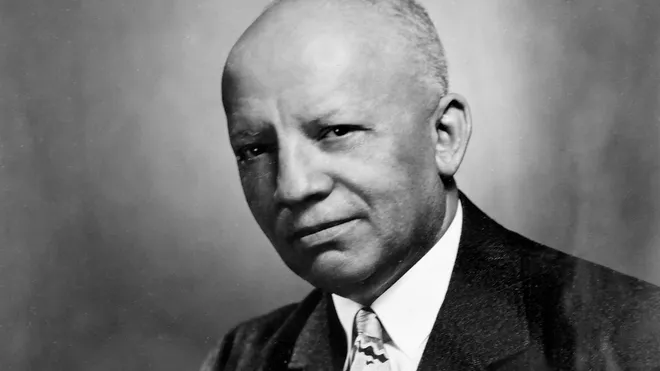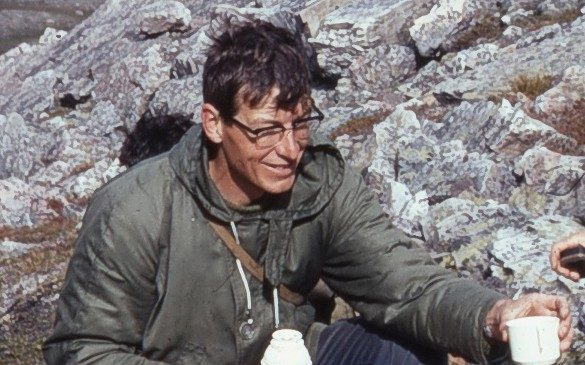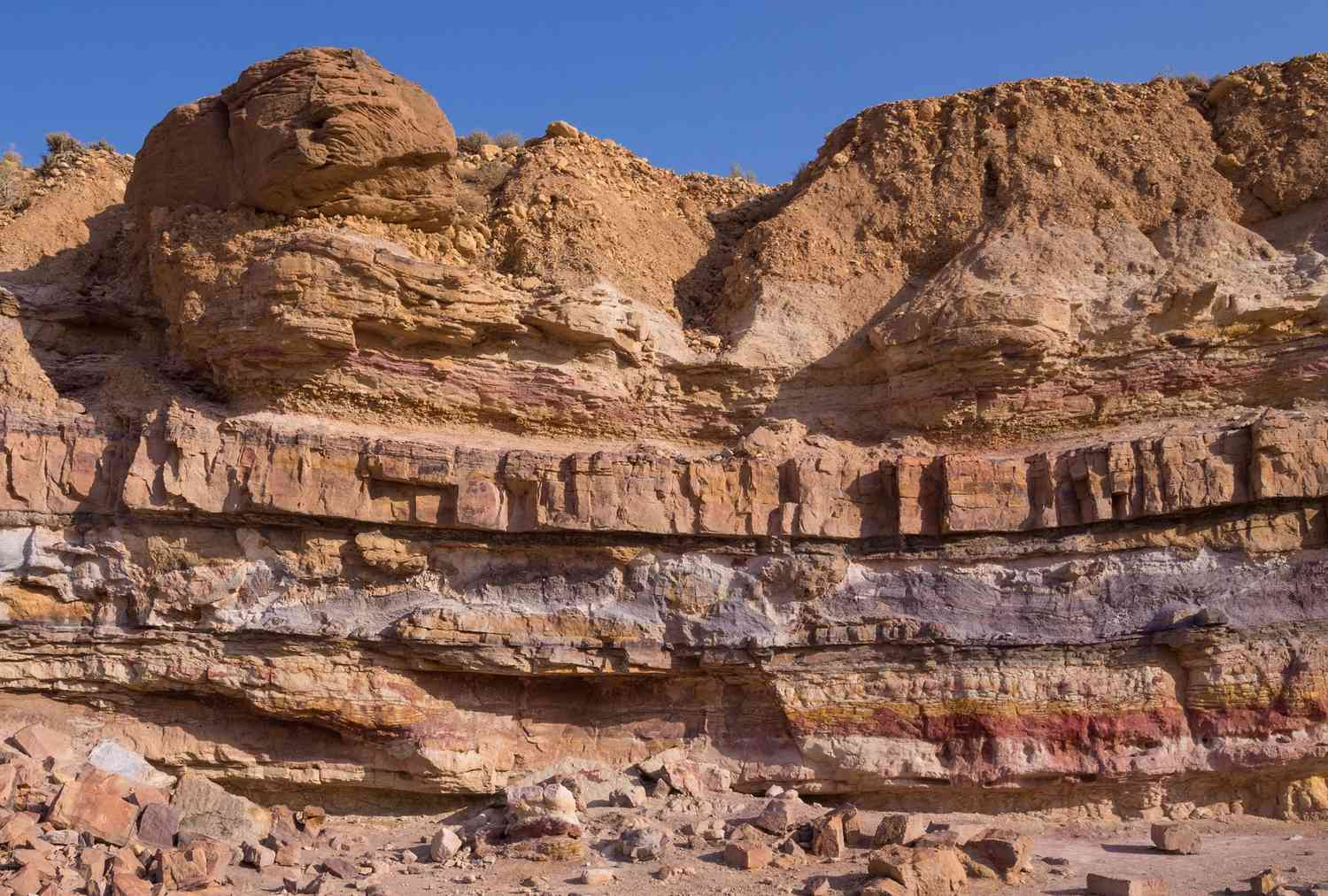Sedimentology, the study of sedimentary rocks and the processes that form them, has been a crucial field in Earth sciences for centuries. Sedimentary rocks cover approximately 73% of the Earth’s surface and hold valuable information about the planet’s history, including past climates, environments, and life forms. The field of sedimentology has been shaped by numerous brilliant minds who have dedicated their lives to unraveling the mysteries hidden within these rocks.
Throughout history, sedimentologists have made groundbreaking discoveries and developed innovative techniques that have revolutionized our understanding of the Earth’s past. From the early pioneers who laid the foundation for the field to the modern-day experts who continue to push the boundaries of knowledge, these scientists have left an indelible mark on the world of sedimentology.
In this article, we will explore the lives and contributions of the top 12 most influential sedimentologists in history. These individuals have not only advanced the field through their own research but have also inspired countless others to follow in their footsteps. By examining their work and legacy, we gain a deeper appreciation for the complexities and wonders of the Earth’s sedimentary record.
James Hutton (1726-1797)

James Hutton, a Scottish geologist, is often referred to as the “Father of Modern Geology.” His groundbreaking work laid the foundation for the field of sedimentology and revolutionized our understanding of the Earth’s history. Hutton’s most famous contribution is the principle of uniformitarianism, which states that the geological processes observed today have operated in the same manner throughout Earth’s history.
Hutton’s ideas were first presented in his seminal work, “Theory of the Earth,” published in 1785. In this book, he argued that the Earth was much older than previously believed and that its surface had been shaped by gradual processes over vast periods of time. Hutton’s work challenged the prevailing view of the time, which held that the Earth was only a few thousand years old and had been shaped by catastrophic events.
Hutton’s contributions to sedimentology were numerous. He recognized the importance of erosion and deposition in shaping the Earth’s surface and identified the role of rivers in transporting sediment. He also proposed the concept of the rock cycle, which describes the continuous process of rock formation, erosion, and reformation. Hutton’s ideas laid the groundwork for future generations of sedimentologists and continue to influence the field to this day.
Charles Lyell (1797-1875)

Charles Lyell, an English geologist, was a key figure in the development of sedimentology and is best known for his work on the principles of uniformitarianism. Building upon the ideas of James Hutton, Lyell argued that the Earth’s surface had been shaped by gradual processes operating over long periods of time, rather than by sudden, catastrophic events.
Lyell’s most famous work, “Principles of Geology,” was published in three volumes between 1830 and 1833. In this landmark book, Lyell presented a comprehensive overview of the Earth’s geological history and provided compelling evidence for the principle of uniformitarianism. He also introduced the concept of facies, which refers to the physical, chemical, and biological characteristics of a sedimentary rock that reflect the conditions under which it was formed.
Lyell’s work had a profound impact on the field of sedimentology and helped to establish it as a distinct branch of geology. His ideas influenced many of the leading geologists of his time, including Charles Darwin, who drew upon Lyell’s principles in developing his theory of evolution. Lyell’s contributions to sedimentology continue to be recognized and celebrated to this day.
Johannes Walther (1860-1937)

Johannes Walther, a German geologist, is best known for his contributions to the study of sedimentary environments and his development of the concept of Walther’s Law. This law states that the vertical succession of facies in a sedimentary sequence reflects the lateral changes in depositional environments over time.
Walther’s work was based on his extensive field studies of sedimentary rocks in Europe and North Africa. He recognized that sedimentary facies could be used to reconstruct past depositional environments and developed a classification system for these environments based on their physical and biological characteristics.
Walther’s contributions to sedimentology were significant in advancing our understanding of the processes that shape sedimentary rocks and the environments in which they form. His work laid the foundation for the development of modern sedimentary facies models and continues to be an important reference for sedimentologists today.
William Twenhofel (1875-1957)
William Twenhofel, an American geologist, is considered one of the pioneers of modern sedimentology. He made significant contributions to the study of sedimentary processes and environments and is best known for his work on the classification of sedimentary rocks.
Twenhofel’s most famous work, “Treatise on Sedimentation,” was published in 1932 and became a standard reference in the field of sedimentology. In this book, he presented a comprehensive overview of sedimentary processes and environments and introduced a classification system for sedimentary rocks based on their texture, composition, and depositional environment.
Twenhofel’s work had a lasting impact on the field of sedimentology and helped to establish it as a distinct branch of geology. His ideas on the classification of sedimentary rocks and the interpretation of sedimentary environments continue to be widely used and referenced by sedimentologists today.
Francis Pettijohn (1904-1999)
Francis Pettijohn, an American geologist, was a leading figure in the field of sedimentology and is best known for his contributions to the study of sedimentary rocks and their depositional environments. His work focused on the use of sedimentary structures and textures to interpret past depositional conditions and environments.
Pettijohn’s most famous work, “Sedimentary Rocks,” was first published in 1949 and became a classic reference in the field of sedimentology. In this book, he presented a comprehensive overview of sedimentary rocks and their depositional environments and introduced a classification system based on their texture and composition.
Pettijohn’s contributions to sedimentology were significant in advancing our understanding of the processes that shape sedimentary rocks and the environments in which they form. His work laid the foundation for the development of modern sedimentary facies models and continues to be an important reference for sedimentologists today.
Robert Folk (1925-2018)

Robert Folk, an American geologist, was a pioneer in the field of sedimentary petrology and is best known for his contributions to the study of carbonate rocks. His work focused on the use of petrographic techniques to interpret the depositional and diagenetic history of carbonate sediments.
Folk’s most famous work, “Petrology of Sedimentary Rocks,” was first published in 1959 and became a classic reference in the field of sedimentary petrology. In this book, he presented a comprehensive overview of the petrographic characteristics of sedimentary rocks and introduced a classification system for carbonate rocks based on their texture and composition.
Folk’s contributions to sedimentology and sedimentary petrology were significant in advancing our understanding of the processes that shape carbonate rocks and the environments in which they form. His work laid the foundation for the development of modern carbonate facies models and continues to be an important reference for sedimentologists and carbonate petrologists today.
Robin Bathurst (1927-2010)

Robin Bathurst, a British geologist, was a leading figure in the field of carbonate sedimentology and is best known for his contributions to the study of carbonate diagenesis. His work focused on the use of petrographic and geochemical techniques to interpret the post-depositional changes that occur in carbonate sediments.
Bathurst’s most famous work, “Carbonate Sediments and Their Diagenesis,” was first published in 1971 and became a classic reference in the field of carbonate sedimentology. In this book, he presented a comprehensive overview of the diagenetic processes that affect carbonate sediments and introduced a classification system for carbonate diagenetic features.
Bathurst’s contributions to carbonate sedimentology were significant in advancing our understanding of the complex processes that shape carbonate rocks and the environments in which they form. His work laid the foundation for the development of modern carbonate diagenetic models and continues to be an important reference for sedimentologists and carbonate petrologists today.
Harold Reading (1924-2019)

Harold Reading, a British geologist, was a pioneer in the field of sedimentary basin analysis and is best known for his contributions to the study of sedimentary facies and depositional environments. His work focused on the use of sedimentological and stratigraphic techniques to interpret the evolution of sedimentary basins.
Reading’s most famous work, “Sedimentary Environments and Facies,” was first published in 1978 and became a classic reference in the field of sedimentology. In this book, he presented a comprehensive overview of sedimentary environments and their associated facies and introduced a classification system for sedimentary basins based on their tectonic setting and depositional history.
Reading’s contributions to sedimentology were significant in advancing our understanding of the processes that shape sedimentary basins and the environments in which they form. His work laid the foundation for the development of modern sedimentary basin analysis techniques and continues to be an important reference for sedimentologists and basin analysts today.
Roger Walker (1939-2016)

Roger Walker, a Canadian geologist, was a leading figure in the field of clastic sedimentology and is best known for his contributions to the study of turbidite systems. His work focused on the use of sedimentological and stratigraphic techniques to interpret the depositional processes and environments of deep-water sedimentary systems.
Walker’s most famous work, “Facies Models,” was first published in 1979 and became a classic reference in the field of sedimentology. In this book, he presented a comprehensive overview of sedimentary facies models and their application to the interpretation of ancient sedimentary environments.
Walker’s contributions to clastic sedimentology were significant in advancing our understanding of the processes that shape deep-water sedimentary systems and the environments in which they form. His work laid the foundation for the development of modern turbidite facies models and continues to be an important reference for sedimentologists and petroleum geologists today.
Paul Enos (1935-2018)

Paul Enos, an American geologist, was a pioneer in the field of carbonate sedimentology and is best known for his contributions to the study of carbonate platforms and reefs. His work focused on the use of sedimentological and stratigraphic techniques to interpret the depositional processes and environments of carbonate sedimentary systems.
Enos’s most famous work, “Geology of Carbonate Porosity,” was first published in 1983 and became a classic reference in the field of carbonate sedimentology. In this book, he presented a comprehensive overview of the factors that control porosity in carbonate rocks and introduced a classification system for carbonate pore types.
Enos’s contributions to carbonate sedimentology were significant in advancing our understanding of the processes that shape carbonate platforms and reefs and the environments in which they form. His work laid the foundation for the development of modern carbonate reservoir characterization techniques and continues to be an important reference for sedimentologists and petroleum geologists today.
Robert Ginsburg (1925-2017)

Robert Ginsburg, an American geologist, was a leading figure in the field of carbonate sedimentology and is best known for his contributions to the study of modern and ancient carbonate environments. His work focused on the use of sedimentological and ecological techniques to interpret the depositional processes and environments of carbonate sedimentary systems.
Ginsburg’s most famous work, “Principles of Sedimentology and Stratigraphy,” was first published in 1975 and became a classic reference in the field of sedimentology. In this book, he presented a comprehensive overview of sedimentary processes and environments and introduced a classification system for carbonate depositional environments based on their ecological and sedimentological characteristics.
Ginsburg’s contributions to carbonate sedimentology were significant in advancing our understanding of the processes that shape modern and ancient carbonate environments and the factors that control their distribution and preservation. His work laid the foundation for the development of modern carbonate facies models and continues to be an important reference for sedimentologists and carbonate petrologists today.
John Southard (1940-2008)

John Southard, an American geologist, was a pioneer in the field of experimental sedimentology and is best known for his contributions to the study of sediment transport and bedform dynamics. His work focused on the use of flume experiments to investigate the processes that shape sedimentary structures and bedforms.
Southard’s most famous work, “Experimental Determination of Bed-Form Stability,” was published in 1971 and became a classic reference in the field of sedimentology. In this study, he used flume experiments to investigate the stability fields of different bedforms and developed a classification system for bedforms based on their geometry and flow conditions.
Southard’s contributions to experimental sedimentology were significant in advancing our understanding of the processes that shape sedimentary structures and bedforms and the factors that control their distribution and preservation. His work laid the foundation for the development of modern sediment transport models and continues to be an important reference for sedimentologists and geomorphologists today.
Conclusion
The field of sedimentology has been shaped by the contributions of numerous brilliant scientists who have dedicated their lives to unraveling the mysteries of the Earth’s sedimentary record. From the early pioneers who laid the foundation for the field to the modern-day experts who continue to push the boundaries of knowledge, these scientists have made groundbreaking discoveries and developed innovative techniques that have revolutionized our understanding of the Earth’s past.
The top 12 most influential sedimentologists in history, as discussed in this article, have each made unique and lasting contributions to the field. Their work has advanced our understanding of the processes that shape sedimentary rocks and the environments in which they form, and has laid the foundation for the development of modern sedimentological techniques and models.
As we look to the future of sedimentology, it is clear that the field will continue to evolve and grow, building upon the groundbreaking work of these pioneering scientists. With new technologies and techniques emerging all the time, sedimentologists are poised to make even more exciting discoveries in the years to come.
By studying the work and legacy of these influential sedimentologists, we gain a deeper appreciation for the complexity and beauty of the Earth’s sedimentary record, and for the dedicated scientists who have worked tirelessly to unlock its secrets. Their contributions will continue to inspire and guide future generations of sedimentologists as they seek to unravel the mysteries of our planet’s past.

